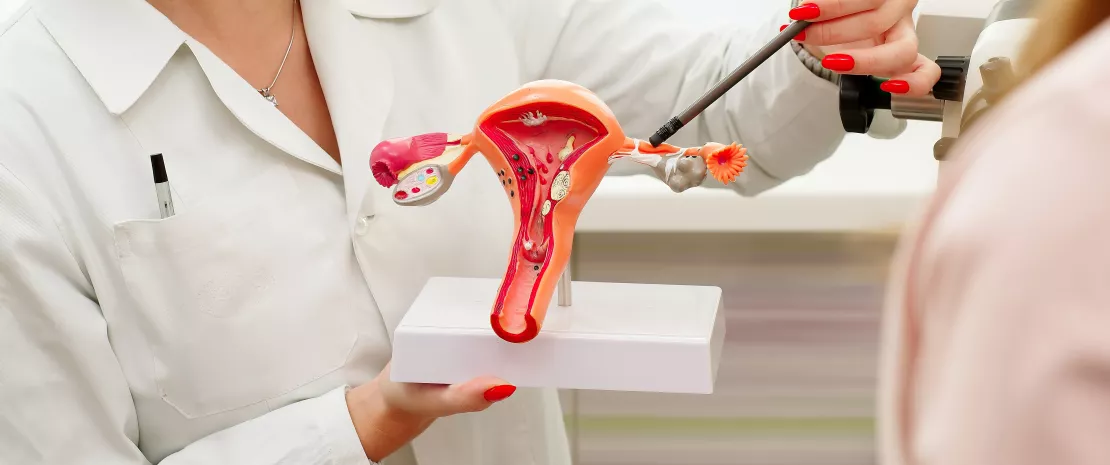What is vaginal microbiota, what is it made of?
Sources
This article is based on scientific information
Sections

About this article
Author
Here's how Prof. Graziottin answers this question from her patients:

Let’s clarify this first:
- “Microbiota” is the word that defines the population of microorganisms that live in our vagina, contributes to its functions, and protects the vaginal mucosa. A partially different microbiota lives in the vulva and in the vestibulum.
- The term “Microbiome”, with the “M”: refers to their genetic content. In the fertile age, most of the microorganisms living in our vagina are Lactobacilli. They are our best friends, and they’re the most reliable “ally troops” as I say, to help our health.
- We talk about “Eubiosis” when we want to indicate a healthy vaginal microbiota and microbiome, with low bacterial diversity. Say a few families, 80% Lactobacilli.
- We talk about “Dysbiosis” when we want to indicate a disruption of the equilibrium that we have in healthy conditions and the emergence of pathogenic strains of bacteria that may come from the bowels, the perianal area, or from intercourse and lead to sexually transmitted infections. The point is that in dysbiosis we have a high bacterial diversity because our microbiome is assaulted by other strains of germs. So, to be healthy, low bacterial diversity, 80% Lactobacilli. Problems when you have many more families coming from the bowel or from sexually unprotected by condom. That's why I always recommend using condoms in intercourse.
In the fertile age, the human vagina microbiota is mostly composed of three big families of Lactobacilli:
- The Lactobacillus Crispatus
- The Lactobacillus Gasseri
- The Lactobacillus Jensenii
These are close friends. Then we have the Lactobacillus Iners, which are much more vulnerable to the aggression of germs from the bowel or intercourse with a sexually transmitted infection. This means three things:
- First of all, the more there are bacterial species in the vagina, high bacterial diversity, the more we have severe dysbiosis and this will translate into symptoms and vaginal leakage of yellow or green color and other symptoms.
- Second, this means that when we have high bacterial diversity, dysbiosis, we have an increase of Gardnerella vaginalis. This germ is normally present in every vagina, but in a very, very small quantity. When it increases in percentage, it will cause a very bad smell, such as the smell of spoiled fish. This is very, very unpleasant for the woman.
- Third point, there is an increased vulnerability to infections by commensal germs from the bowels: This means Escherichia coli, Enterococcus faecalis and others, which increase the risk of vaginitis and cystitis, which are infections of the vagina and of the bladder.
Knowing which woman’s prominent CST your patient belongs to is key to addressing recurrent vaginitis and bothering vaginal and sexual symptoms.
5 major groups of Lactobacilli, called “Community State Types, CST, live in the human vagina in the fertile age, with a few subtypes.
The 5 major CST are:
• CST I: the Lactobacillus Crispatus is the leading population, very protective, composing 80-90% of total vaginal bacteria. It’s our best friend.
• CST II: The Lactobacillus Gasseri, another good friend of us.
• CST III: the Lactobacillus Iners, very vulnerable to dysbiosis.
• CST IV, with more different strains and less Lactobacilli, more frequent in hispanic and african american women.
• CST V: the Lactobacillus Jensenii, another good friend of our vaginal health, is the leading population in this group, in the fertile age.
Related content
BMI-24.55










